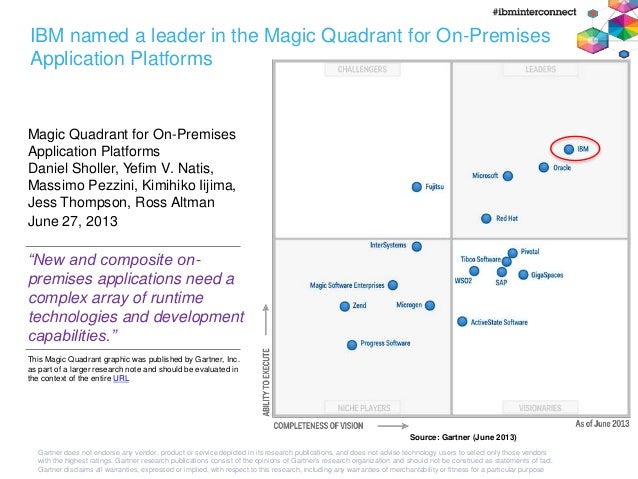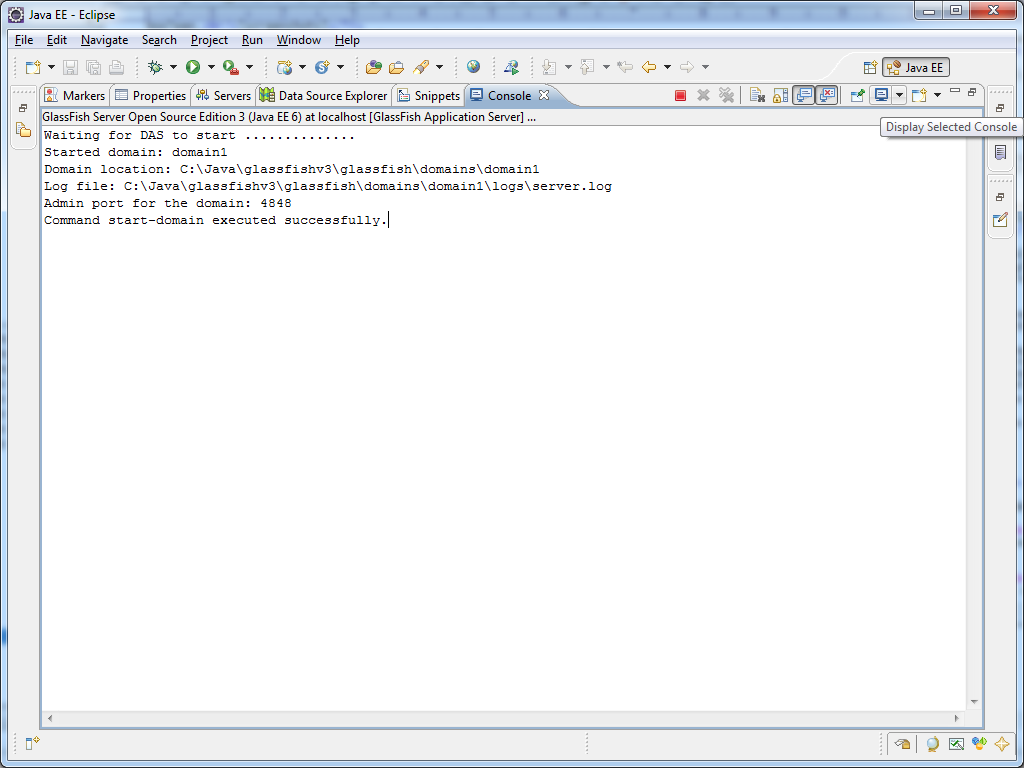

- #Difference between tomcat and glassfish software
- #Difference between tomcat and glassfish code
- #Difference between tomcat and glassfish trial
- #Difference between tomcat and glassfish download
- #Difference between tomcat and glassfish free
You can use Tomcat to run Java on the web. It's August 18th!!! Happy Butch Pride Day!!!!! Tomcat is a web server primary designed for serving dynamic web pages and the Payara Platform is an application runtime designed for running custom.
#Difference between tomcat and glassfish download
For example, in the case of Vaadin applications, download Apache Tomcat version 9. Make sure to download the correct version, depending on the Java and Servlet API versions that your application uses. Packaging and deploying Spring Boot applications as WAR filesĭownload Apache Tomcat from the project website.Multiple applications in the same JVM? Wildfly, Tomcat, Jetty. Instead, he decided to declare Jetty as a dependency, keeping the HTTP service inside the app instead of configuring an external web server and then injecting its functionalities. Until he remembered this would violate Factor 7! Despite the differences in features, the general opinions within the Java community about the performance of these two IDE are fairly similar.Example: Little Johnny was developing a Java web app and thinking about how he would configure Tomcat to listen to requests and redirect the data into his app. Tomcat has a 60-70MB memory footprint, while those Java EE servers weigh in the. Tomcat has a lighter memory footprint compared to Glassfish. Glassfish are full-blown Java EE application servers, including an EJB container and all the other features of that stack. However, the plug-in system and the large amount of extensible plug-ins available from many parties make Eclipse very popular within the industry. Tomcat is simply an HTTP server and a Java servlet container.
#Difference between tomcat and glassfish code
It has a built-in XML editor with sophisticated features like code completing and validation (which is not present in Eclipse). In terms of XML support, IntelliJ offers the better option.

In fact, the Java community considers IntelliJ’s GUI builder as the best GUI designer at the moment. IntelliJ IDEA comes with built-in GUI builder for Swing, but you need to use a separate plug-in in Eclipse for the same purpose.
#Difference between tomcat and glassfish free
First of all, Eclipse is free and fully open source, while IntelliJ is a commercial product. What is the difference between Intellij and Eclipse?Īlthough both IntelliJ and Eclipse are two of the most popular Java IDEs at present, they have their differences. Easy integration with CVS, Subversion, Ant, Maven and JUnit is made possible by IntelliJ. Furthermore, various application servers like GlassFish, JBoss, Tomcat and WebSphere are supported by IntelliJ. IntelliJ supports a large range of frameworks and technologies such as JSP, JSF, EJB, Ajax, GWT, Struts, Spring, Hibernate and OSGi. Applications in many languages such as Java, JavaScript, HTML, Python, Ruby, PHP and many more can be developed using IntelliJ. It offers support for drawing UML class diagrams, visual modeling in Hibernate, Spring 3.0, analysis of dependencies and Maven. More recently, an open source edition has been made available.
#Difference between tomcat and glassfish trial
It is a commercial product, where a free 30-day trial (with all features) is available for all platforms. At that time, it was the only IDE with support for advanced code navigation and refactoring. The first version of IntelliJ came out in 2001. IntelliJ IDEA is a Java IDE developed by JetBrains. Its current release version 3.7 was released in June, 2011. It is a cross-platform IDE, which runs on many operating systems. Simply stated, Apache Tomcat addresses the missing Java enterprise edition. The Eclipse IDE is called Eclipse ADT, Eclipse CDT, Eclipse JDT and Eclipse PDT, when used with Ada, C/C++, Java and PHP, respectively. Its important to understand the differences between Apache Tomcat and Apache TomEE. However, with the use of suitable plug-ins, it can be used to develop applications in many other languages such as C, C++, Perl, PHP, Python, Ruby, etc.
#Difference between tomcat and glassfish software
It is free, and open source software released under Eclipse Public License. In fact, it can be called a complete software development environment composed of the IDE and the plug-in system. Eclipse is free and open source software, while IntelliJ is a commercial product.Įclipse is an IDE that allows the development of applications in multiple languages. Glassfish Like most Java application servers, Glassfish supports Java Servlets, Enterprise JavaBeans (EJB), and more, but it can also function as a web server, serving up web content in response to HTTP requests.

IntelliJ IDEA and Eclipse are two of the four major competitors in this area (NetBeans and Oracle JDeveloper are the other two). Released in 1998, Tomcat is the most widely used open source Java application server. Java IDE (Integrated Development Environment) market is one of the most intensely competed in the area of programming tools.


 0 kommentar(er)
0 kommentar(er)
